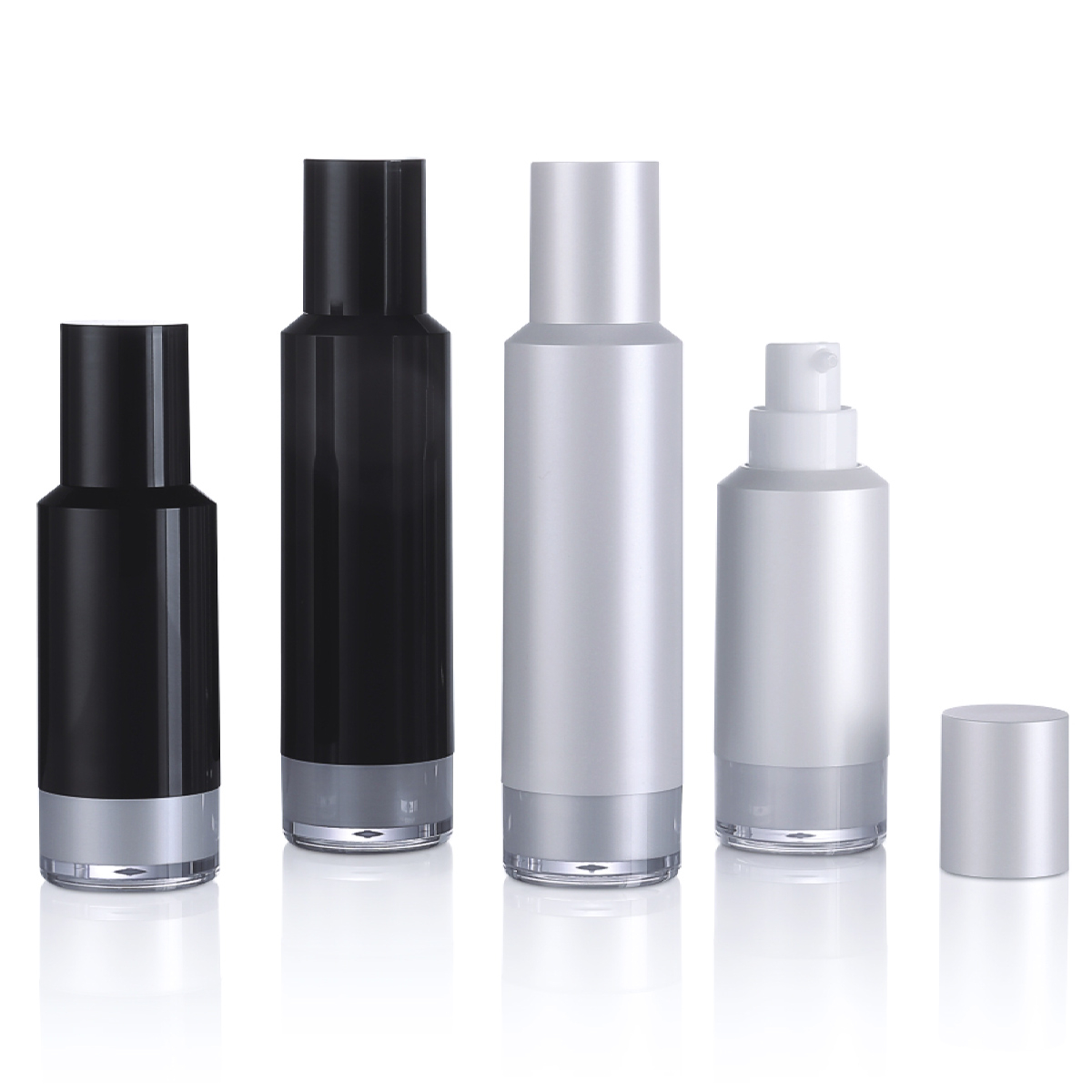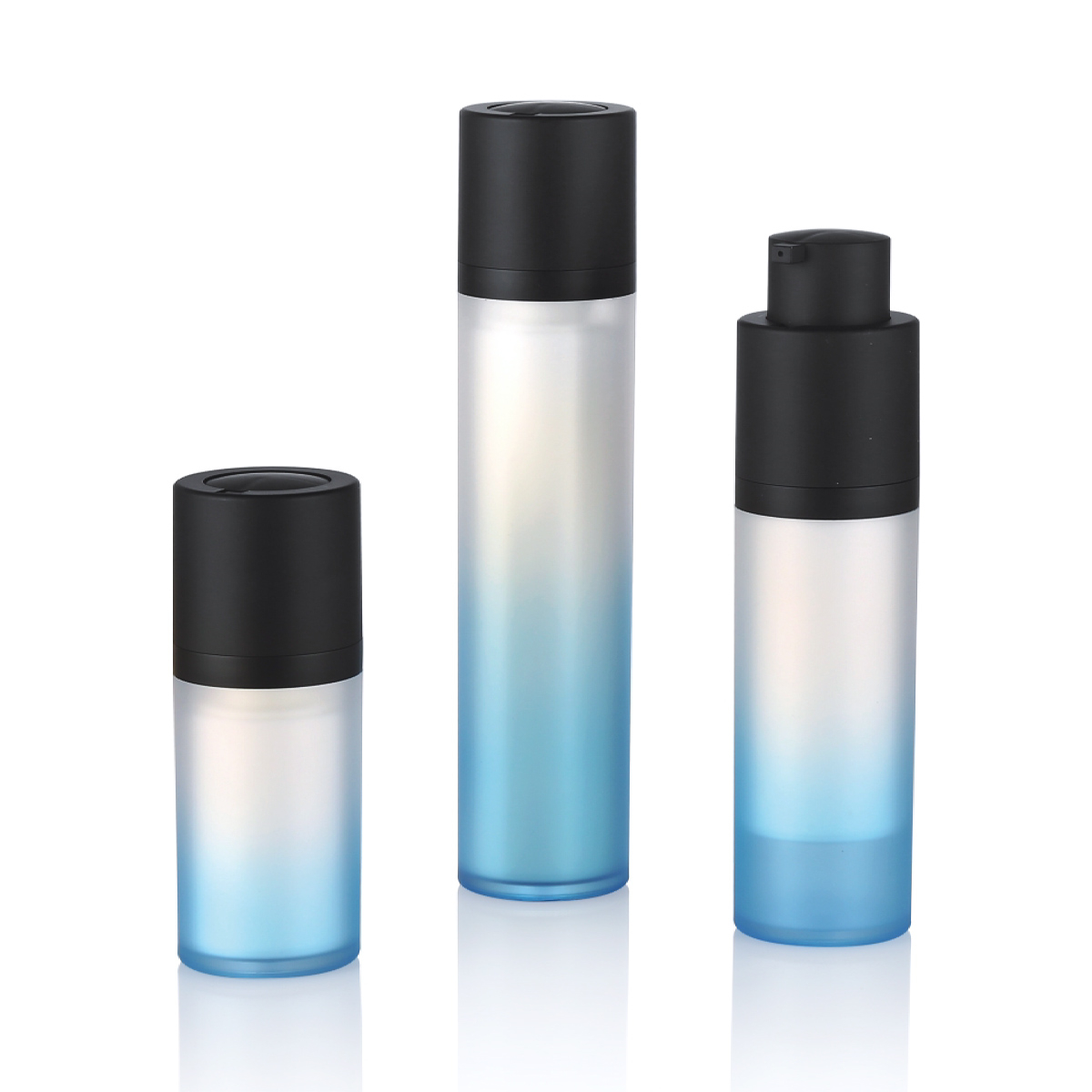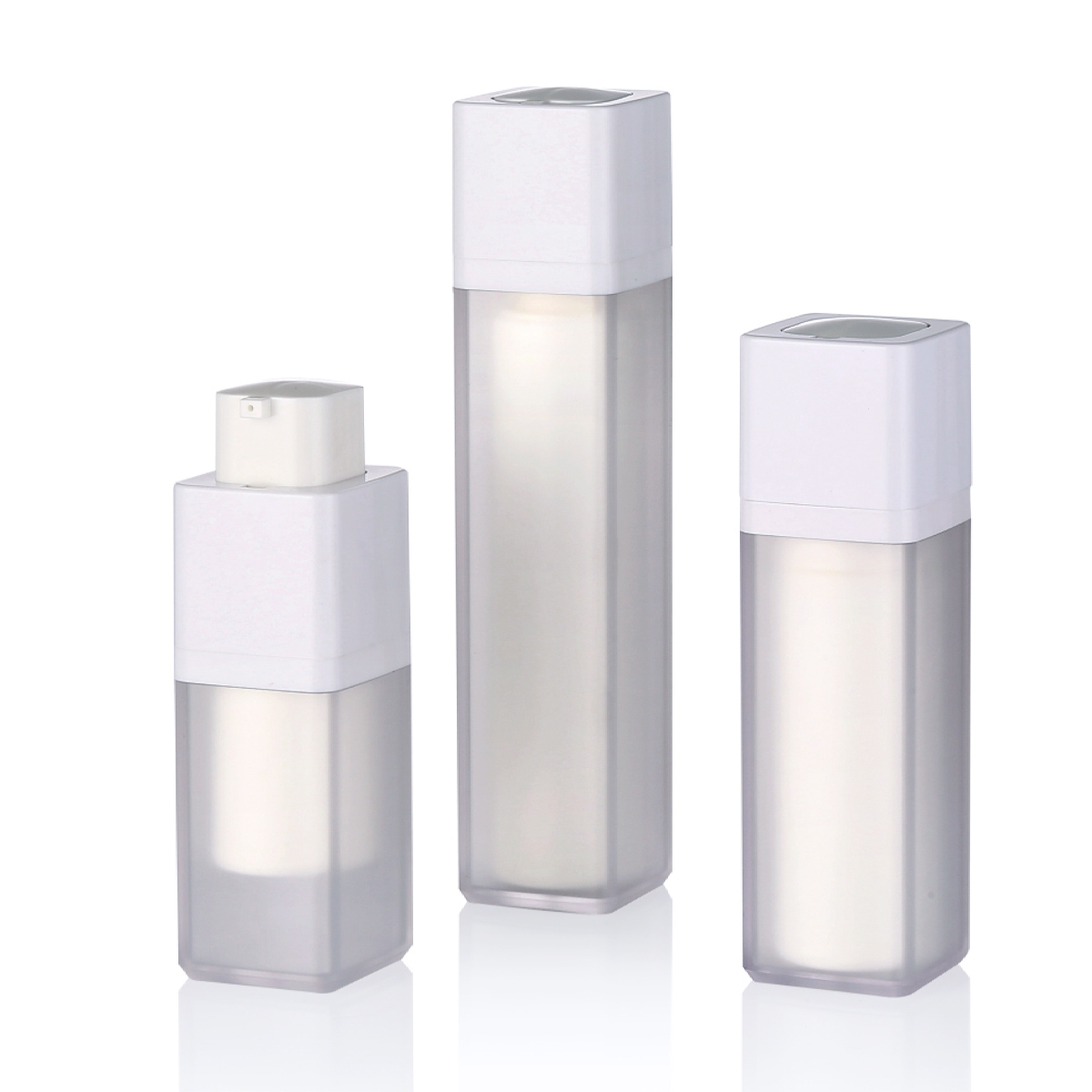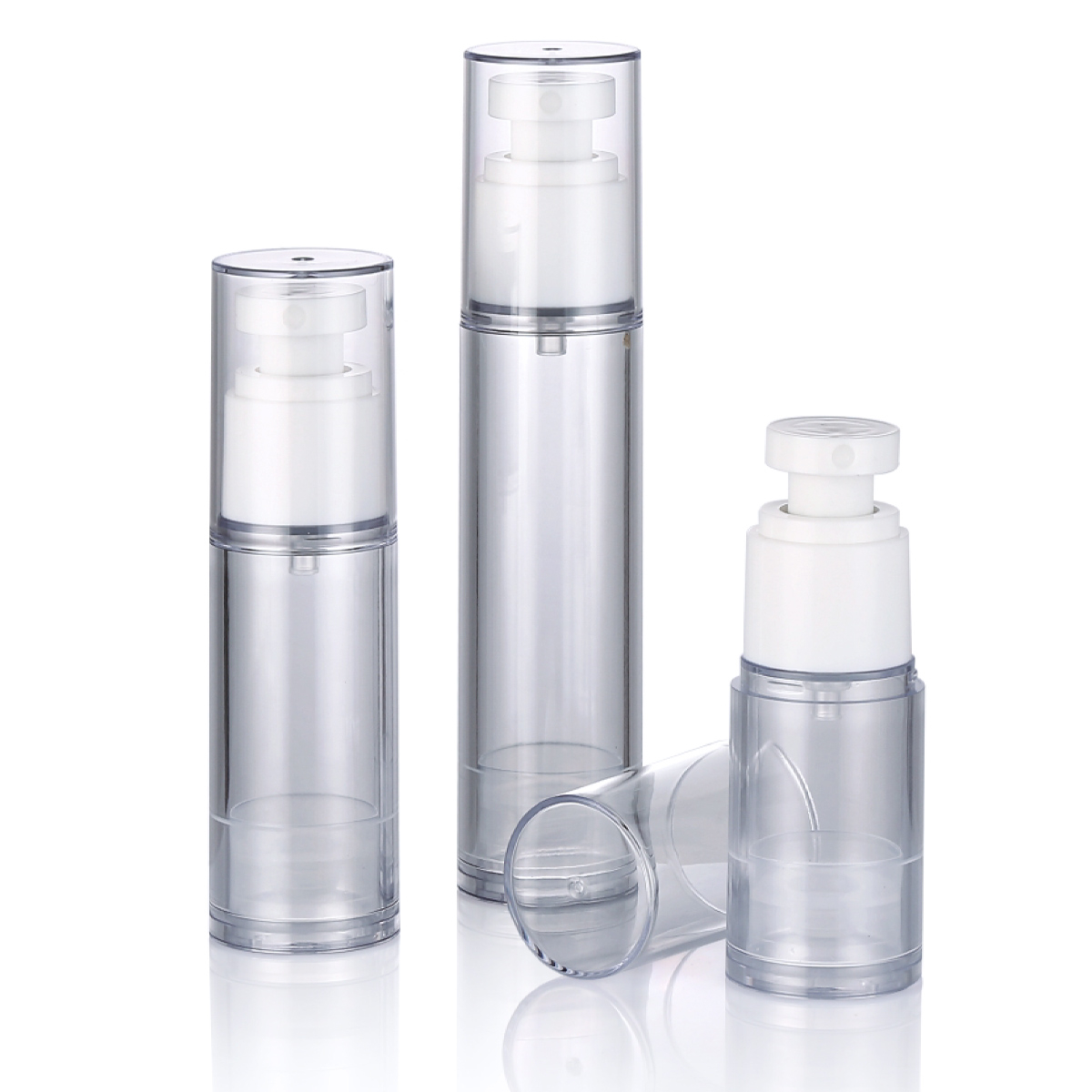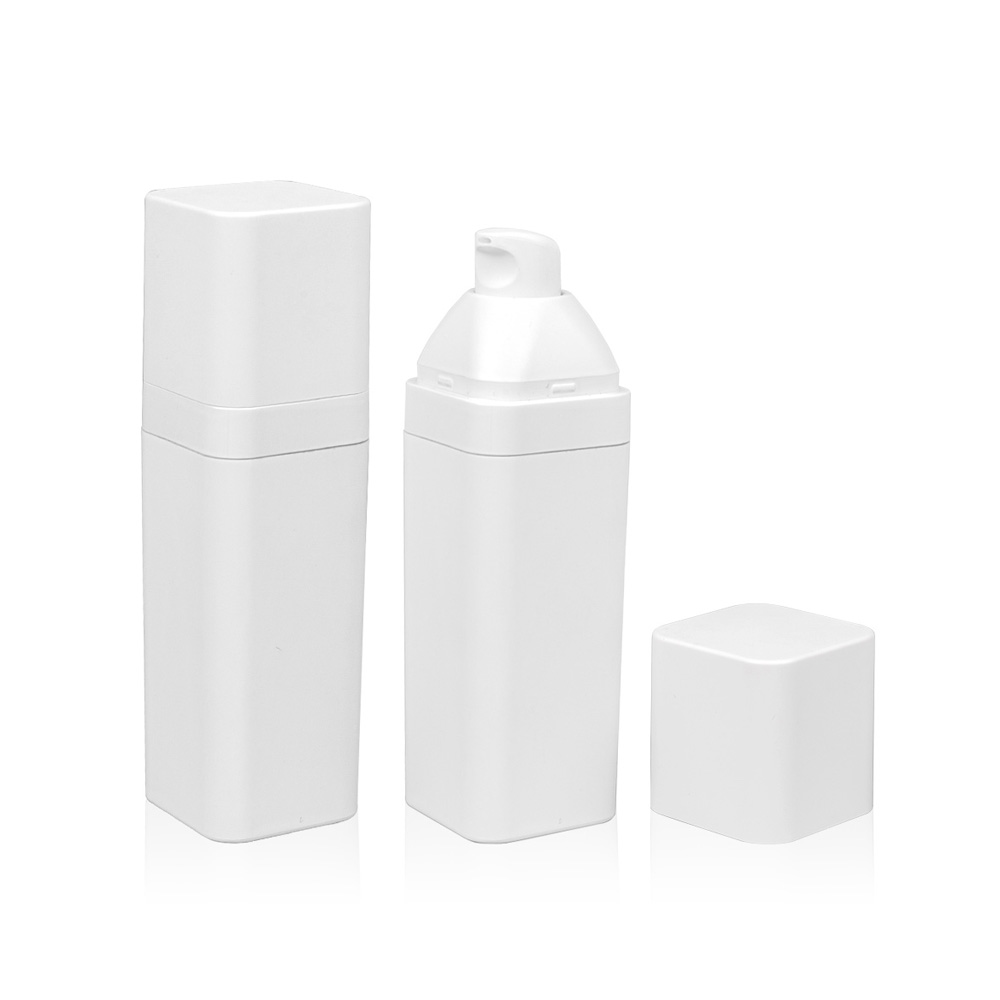The Airless Bottle represents a significant advancement in packaging technology, designed to protect sensitive contents from exposure to air. This innovation is particularly crucial in industries where product integrity, such as preventing oxidation or contamination, is paramount. By employing a sophisticated internal mechanism, the Airless Bottle maintains a sterile environment throughout its use, offering a reliable solution for preserving the efficacy and shelf life of various substances.
Concept and Working Principle
An Airless Bottle operates on the principle of creating a hermetic seal that prevents air from entering the container. The core components typically include a pump mechanism, a piston or diaphragm, and a one-way valve system. When the pump is activated, it displaces the product upward through a tube, while the piston moves inward to fill the space left by the dispensed content. This movement ensures that no air is drawn back into the bottle, as the internal structure maintains a vacuum or pressurized environment. The precise engineering of these parts, often made from materials like polyethylene or polypropylene, allows for consistent product delivery without any air contact. This mechanism effectively eliminates the risk of oxidation, bacterial growth, or degradation, making it ideal for air-sensitive formulations.
Types of Airless Bottles
Airless Bottles can be categorized based on their internal mechanisms. Common types include piston-based systems, where a rigid piston moves to push out the product; diaphragm-based designs, which use a flexible membrane to compress the contents; and bag-in-bottle systems, where a collapsible inner bag separates the product from the outer container. Each type offers varying levels of precision and suitability for different viscosities, from lightweight serums to thick creams. The choice of type depends on factors such as product compatibility, cost considerations, and desired dispensing accuracy.
Applications
Airless Bottles are widely utilized in sectors that require stringent protection against air exposure. In the cosmetics and skincare industry, they are employed for products like antioxidants, retinoids, and vitamin C serums to maintain potency. The pharmaceutical field uses them for topical medications and sterile formulations to ensure safety and efficacy. Additionally, they find applications in niche areas such as food packaging for certain condiments or supplements, where air ingress could compromise quality. The versatility of Airless Bottles makes them a preferred option for preserving sensitive ingredients across multiple domains.
Comparison with Other Packaging
When compared to traditional packaging like standard pump bottles or jars, Airless Bottles offer distinct advantages. Conventional containers often allow air to enter after each use, leading to potential contamination and product spoilage. In contrast, Airless Bottles provide a closed system that minimizes waste by enabling nearly complete product evacuation. While vacuum bottles share some similarities, they may rely on external pressure changes and can be less effective in maintaining a consistent seal over time. Airless Bottles, with their mechanical precision, typically deliver higher reliability in preventing air contact, though they may involve higher manufacturing costs and complexity. This comparison highlights the trade-offs between accessibility, efficiency, and preservation capabilities.
Frequently Asked Questions (FAQ)
-
How does an Airless Bottle ensure no air enters the container?
The internal structure, such as a piston or diaphragm, creates a barrier that moves in sync with product dispensing, preventing air from being drawn in through a one-way valve system. -
Are Airless Bottles reusable or refillable?
Most Airless Bottles are designed for single use to maintain integrity, though some models may allow refilling if specified by the manufacturer. However, refilling can compromise the airless mechanism if not done properly. -
What types of products are unsuitable for Airless Bottles?
Products with extremely high viscosity or particulates may not flow smoothly through the mechanism, potentially causing clogs. It is essential to match the product characteristics with the bottle's design specifications. -
How do Airless Bottles impact product shelf life?
By eliminating air exposure, Airless Bottles can significantly extend shelf life by reducing oxidation and microbial growth, though exact duration depends on the product formulation and storage conditions. -
Are there any maintenance requirements for Airless Bottles?
Generally, Airless Bottles require minimal maintenance, but users should avoid disassembling the mechanism and store them in cool, dry places to preserve functionality.
The Airless Bottle stands as a testament to engineering precision, offering a robust solution for protecting contents from air-related degradation. Through its innovative internal structure, it addresses critical needs in various industries by ensuring product purity and longevity. As packaging technologies evolve, the Airless Bottle continues to demonstrate its value in maintaining quality and efficiency, underscoring its role as a reliable choice for air-sensitive applications.

 English
English 中文简体
中文简体 Español
Español عربى
عربى

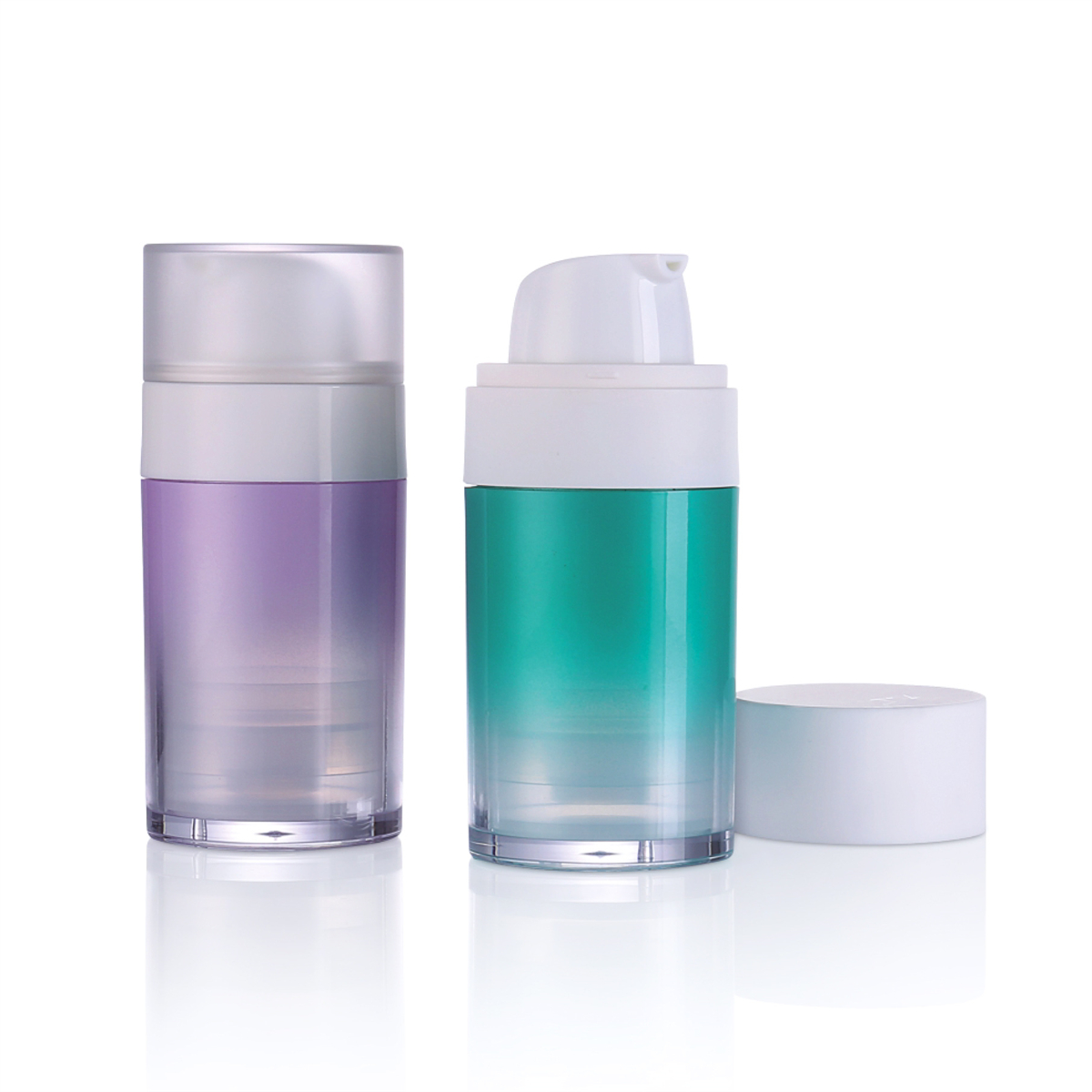

.jpg)
